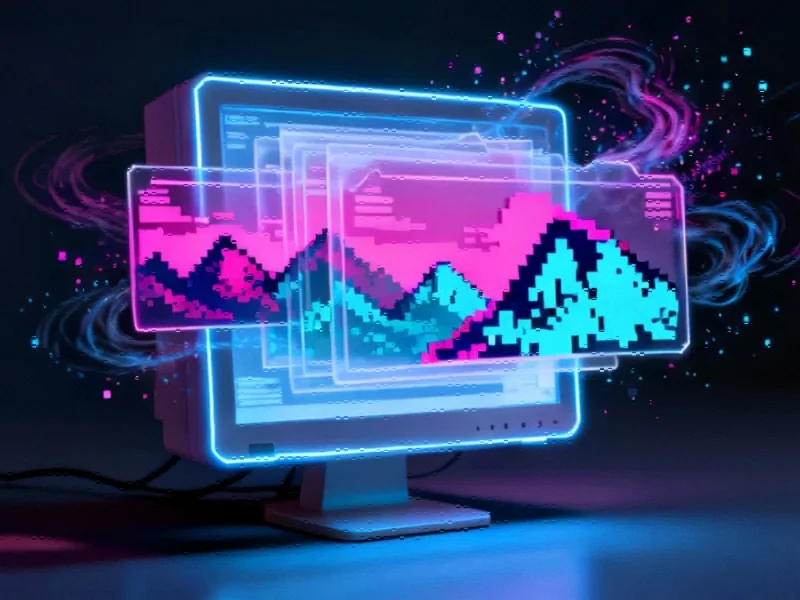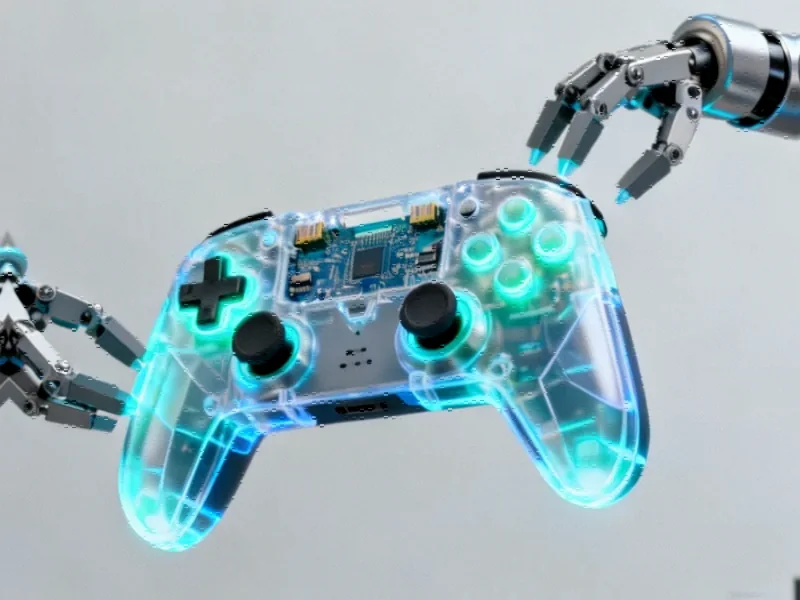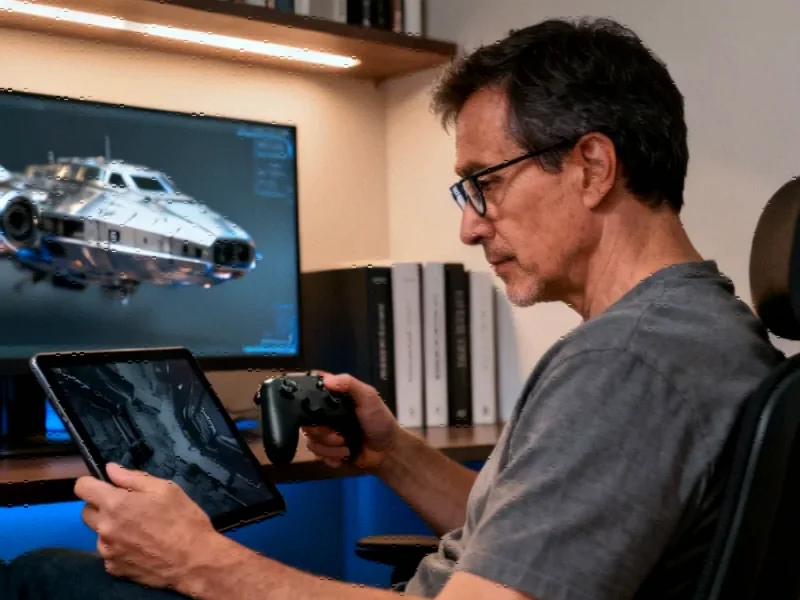The DOS Gaming Renaissance Meets Modern Accessibility
For technology enthusiasts and retro gaming aficionados, the challenge of preserving digital heritage has always been fraught with compatibility hurdles. As we advance further into the 21st century, running classic DOS games on contemporary hardware has become increasingly complex, requiring specialized knowledge and multiple configuration steps. The emergence of DOSBox Pure as a standalone application marks a significant milestone in emulation technology, offering a streamlined approach to experiencing gaming history without the traditional complications.
From RetroArch Core to Independent Application
Previously available exclusively as a core for the RetroArch frontend, DOSBox Pure has now evolved into a fully independent application that eliminates the need for complex setup procedures. This transition represents a broader trend in software development where specialized tools are becoming more accessible to mainstream users. The developer, Schelling, has adopted a “pay-what-you-want” model on itch.io, making this solution available to both casual users and dedicated preservationists.
The application’s capability to directly load content from ZIP files, mounted CD images, floppy disk images, and DOS executables addresses one of the most significant barriers to entry for retro gaming. This streamlined approach reflects similar industry developments in software accessibility that prioritize user experience over technical complexity.
Technical Features That Bridge Generations
DOSBox Pure doesn’t merely replicate the original DOS environment—it enhances it with contemporary features that modern gamers expect. The application includes:
- Fully rebindable keyboard controls with intuitive configuration
- Comprehensive gamepad and joystick support with automatic detection
- Save state functionality that enables progress preservation
- CRT video filters for authentic visual presentation
- Touchpad mode for mobile and tablet compatibility
These features demonstrate how recent technology advancements can be leveraged to preserve and enhance legacy software experiences. The automatic controller mapping particularly benefits users of modern devices like the Steam Deck, where traditional input methods may not be optimal.
Practical Implementation and Game Sourcing
While DOSBox Pure simplifies the technical aspects of emulation, users must still source their game files legally. Digital storefronts like GOG.com offer many classic DOS titles pre-configured for compatibility, while preservation communities provide resources for games no longer commercially available. The developer provides clear instructions for setup, but the process is intuitive enough that most users can begin playing within minutes of installation.
This approach to software preservation aligns with broader market trends toward maintaining backward compatibility while improving accessibility. As organizations recognize the value of digital heritage, tools like DOSBox Pure become increasingly important for both personal and institutional preservation efforts.
The Broader Context of Digital Preservation
The development of DOSBox Pure occurs against a backdrop of increasing awareness about software preservation. As original hardware deteriorates and knowledge about legacy systems becomes scarce, emulation represents one of the most viable methods for ensuring that digital artifacts remain accessible to future generations. This preservation effort mirrors concerns in other sectors where related innovations are addressing similar challenges of maintaining continuity amid rapid technological change.
The significance of such preservation tools extends beyond nostalgia. For historians, researchers, and educators, access to original software in its functional form provides invaluable insights into technological evolution and cultural history. The pharmaceutical sector has demonstrated similar awareness of institutional knowledge preservation, as evidenced by industry developments in leadership transitions and knowledge management.
Future Implications and Community Impact
DOSBox Pure’s standalone release represents more than just another emulation option—it signals a maturation of retro computing preservation tools. By lowering the technical barrier to entry, it enables broader participation in digital preservation efforts and introduces classic games to new audiences who might otherwise never experience them.
As emulation technology continues to evolve, we can expect further refinements in usability and compatibility. The success of projects like DOSBox Pure may inspire similar approaches for other legacy platforms, ensuring that an increasingly broad range of digital history remains accessible despite the relentless march of technological progress.
This article aggregates information from publicly available sources. All trademarks and copyrights belong to their respective owners.
Note: Featured image is for illustrative purposes only and does not represent any specific product, service, or entity mentioned in this article.



